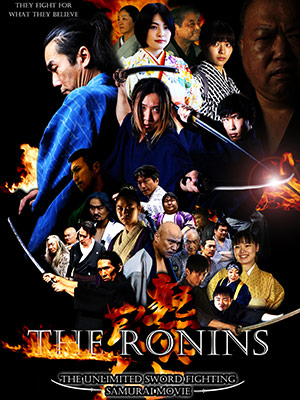Odaiba is a large artificial island in Tokyo Bay, Japan, across the Rainbow Bridge from central Tokyo. It was initially built for defensive purposes in the 1800s, dramatically expanded during the late 20th century as a seaport district, and has developed since the 1990s as a major commercial, residential and leisure area.
Daiba formally refers to one district of the island development in Minato City. The "Odaiba" name is commonly used to refer to the entire Tokyo Waterfront Secondary City Center which includes the Ariake and Aomi districts of Koto City and the Higashi-Yashio district of Shinagawa City.
Odaiba was originally constructed in 1853 by the Tokugawa shogunate as a series of 6 fortresses in order to protect Tokyo from attack by sea, the primary threat being Commodore Matthew Perry's Black Ships, which had arrived in the same year. Daiba in Japanese refers to the cannon batteries placed on the islands.
In 1928, the 3rd daiba was refurbished and opened to the public as park, which remains open to this day.
The modern redevelopment of Odaiba started after the success of Expo '85 in Tsukuba. The Japanese economy was riding high, and Odaiba was to be a showcase as futuristic living, built at a cost of over $10 billion. Unfortunately, the "bubble economy" burst in 1991, and by 1995 Odaiba was a virtual wasteland, underpopulated and full of vacant lots.
In 1996, the area was rezoned from pure business to allow also commercial and entertainment districts, and the area started coming back to life as Tokyo discovered the seaside it never had. Hotels and shopping malls opened up, several large companies (including Fuji TV) moved their headquarters to the island, and transportation links improved.
(reference: Wikipedia, Wikitravel)






